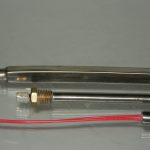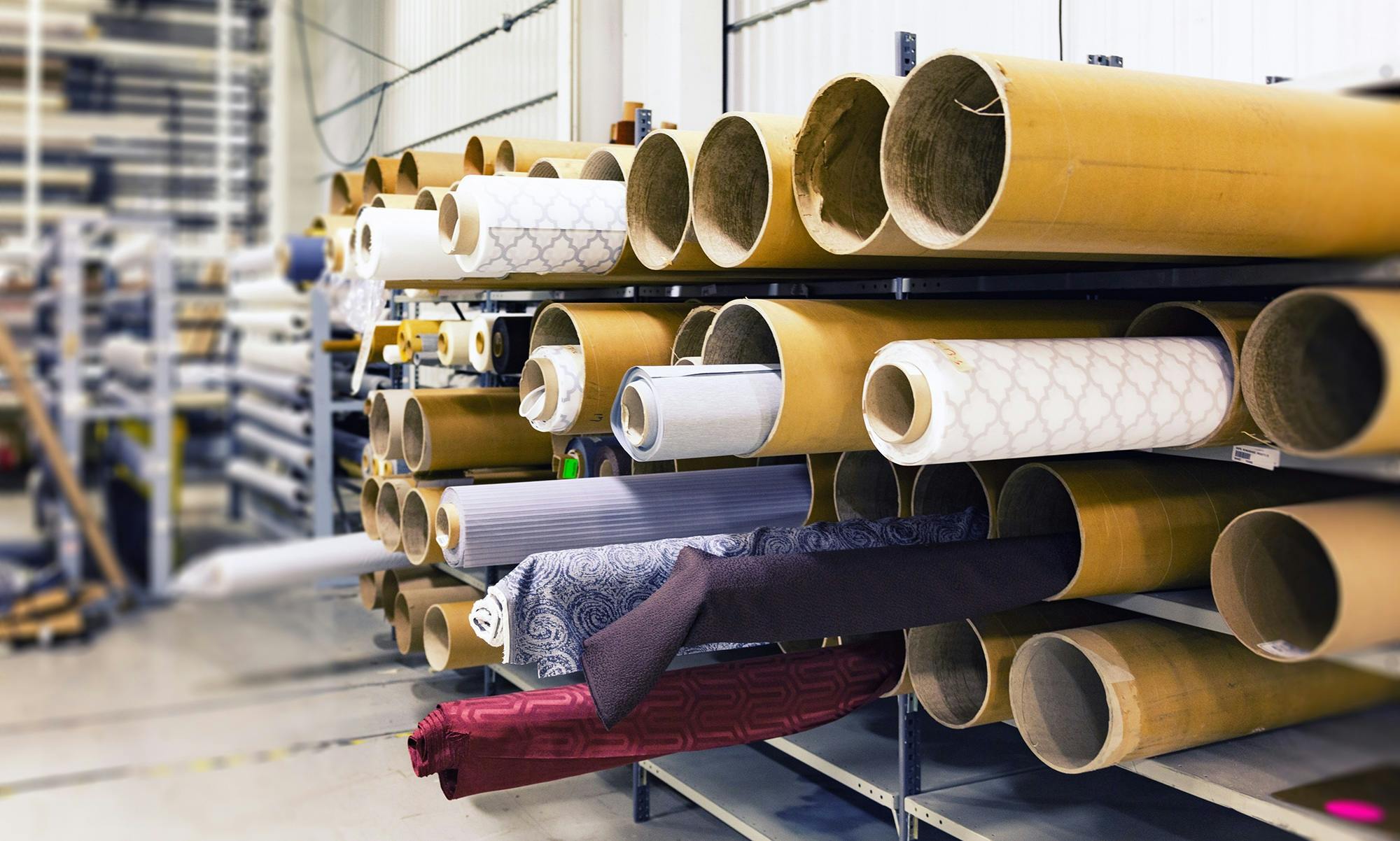Cartridge heaters are widely used for oil-filled electrical equipment where they serve as both an electrical insulator and a thermal conductor, eliminating the need for additional insulation. They also save space allowing more hot oil to be stored in less space. They’re inexpensive, easily customized, and offer quick heat-up times. For clients to make an informed decision when purchasing cartridge heaters, they should consider certain factors in advance:
- Heat output per unit length: Typically, more heat is produced for a given input current when using a larger diameter heating element on the same length of material. This means that if you double the diameter, you get about four times as much heat per foot. In general, relatively little heat is lost along its length, so the lower temperature limit for using this approach is determined by the temperature difference you need to achieve.
- Maximum Temperature: The maximum working temperature of the internal tube insulation must be considered because high temperatures can degrade or even destroy it. You must select a cartridge heater with an insulating material to prevent overheating at your desired operating conditions. That means you should choose an external sheath rated for your maximum anticipated surface temperature.
- Heating Element Resistance: Cartridge Heaters have heating element resistances in the range of 1 ohm to 10,000 ohms. The larger the resistance value, the slower the heating element will heat up. This can cause problems for applications with a desired fast response or large temperature swings that need to be accommodated quickly. If this is your application, you should consider selecting material with a smaller resistance. Keep in mind that if you halve the resistance, the heater’s power output increases four times while its size remains constant. You should also note that high-resistance cartridge heaters are sensitive to excessive voltage and may not work properly on AC power.
- Insulation Thickness: Cartridge heaters have insulation thicknesses ranging from 0.040 to 0.125 in (0.4mm to 3.2mm). The insulating material is commonly polyurethane, silicone rubber, or fiberglass, which provide excellent electrical insulation and operate at high temperatures (up to 300°C/572°F). The most common insulation thickness for cartridge heaters is about 0.09 in (2mm), although thicker insulation can often be used if necessary.
- Bore Size: The standard inside diameter runs between 1/8″ and 5/16″ (3mm and 8mm), with smaller sizes available for tighter fits. Selecting a tube with an internal diameter that corresponds to your application is important because it can affect the performance of the cartridge heater. The inside diameter directly affects the surface area, which determines the power density. You should be aware that an increased surface area increases heat losses due to convection and radiation, so there may be some tradeoffs in selecting larger bore diameters.
- Axial vs. Lateral Connections: Axial and lateral connections can be used in cartridge heaters. Axially connected tubes typically have less than 0.1 in (2mm) spacing and require no special tools when making connections. In contrast, laterally connected tubes may have more than 0.15 in (3mm) spacing between electrodes and require special connection techniques using crimping or swaging tools. You should carefully consider your required connection technique before choosing which type to purchase.
Cartridge heaters are used extensively in the semiconductor industry for fast thermal processing. Various manufacturers offer a vast range of cartridge heaters, covering all process requirements. It’s important to consult with experts when making purchase decisions involving cartridge heaters.




